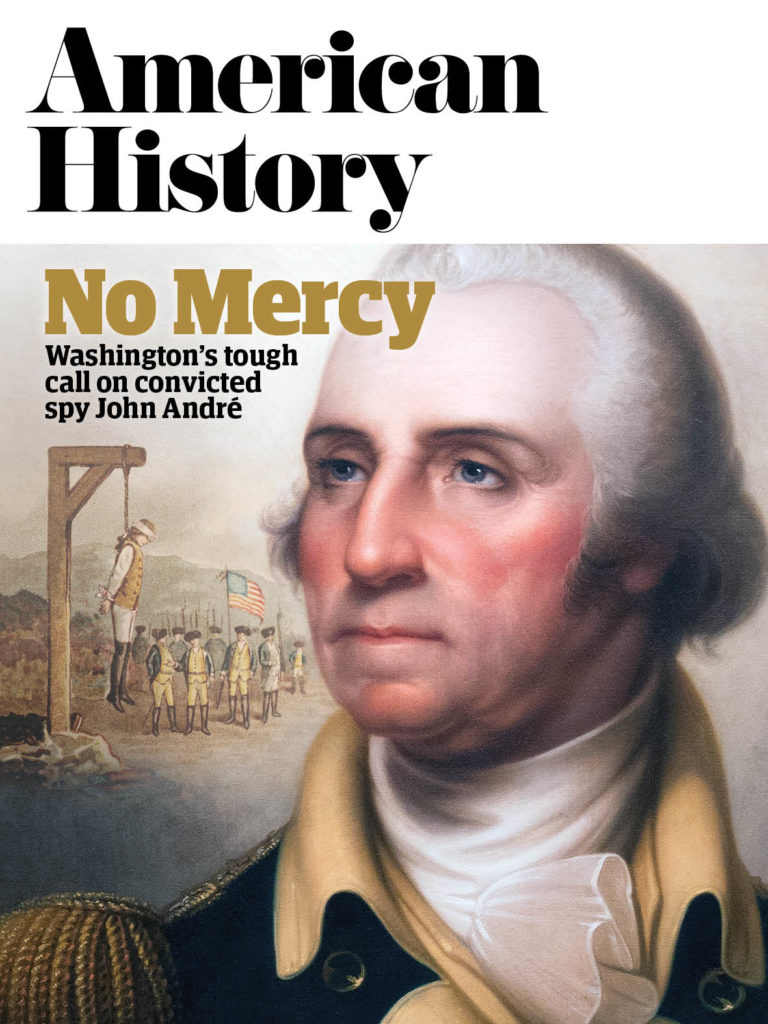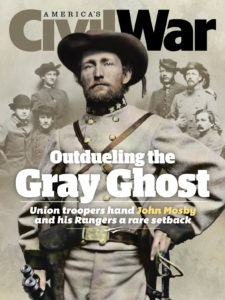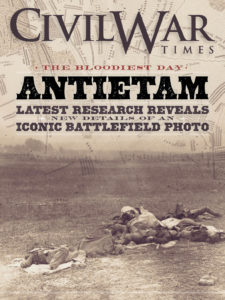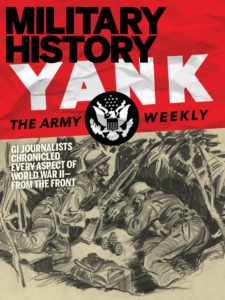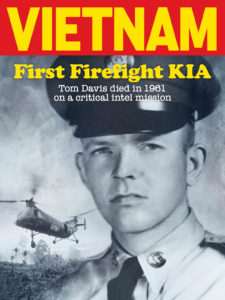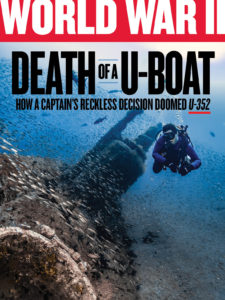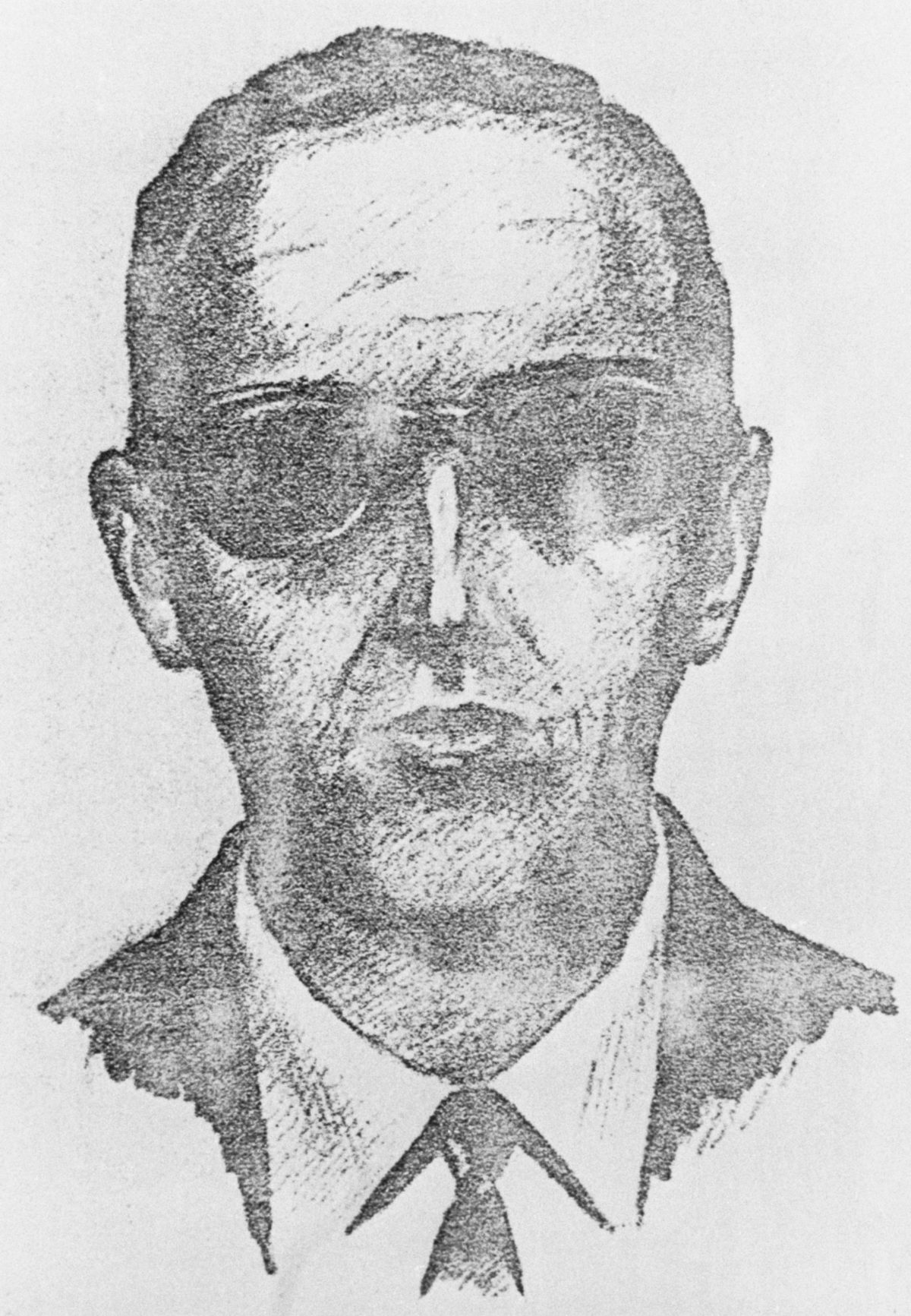It is the only unsolved air piracy incident in commercial aviation history, with the legend of the man behind the heist — a man dubbed by the press as D.B. Cooper — reaching mythical proportions some 50 plus years on. Who was D.B. Cooper? Was he a modern Robin Hood, as some claim? Or simply a desperate loner who got lucky? And, finally, is he still out there?
HistoryNet recently spoke with British-born producer P.G. Morgan on his latest Netflix docuseries, “D.B. Cooper: Where Are You?!” on what he thinks happened to Cooper and the wild and wonderful world of “Cooperites.”
I was a massive fan of your documentary Flint Town, which is certainly in a different genre — if you will. What drew you to this story?
We were drawn to it because of the unsolved mystery aspect and also the exploration of all these people who are obsessed with D.B. Cooper. They often have these facets of themselves, that they have projected onto D.B. Cooper. From a creative point of view, we really loved the idea of making something that would recreate that time period, which was a relatively carefree time in terms of air travel. People had a much more laissez faire attitude, which now seems remarkable.
I also think the chance to tell it on Netflix. DB Cooper is such an all-American story, but it’s not really that well-known outside the U.S. This was a chance to tell that story on a global platform.
The hijacking, which took place in 1971, remains the only unsolved air piracy incident in commercial aviation history. How did D.B. Cooper change commercial airline travel?
I don’t think he did, immediately. My impression as an outsider is that American airport security was pretty much unchanged until, like, 9/11. I think what is fascinating to us is how Cooper became part of this galaxy of American outlaws. People place him in this constellation of Billy the Kid and great American gangsters. It was interesting to explore a bit of that American mythology, as it were.
I think we wanted to avoid some of the cliches of the D.B. Cooper story, which has always lived under the same umbrella as UFOs, Bigfoot and the unsolved mysteries world. We wanted it to feel much more like, “Ooh, they’re taking me back to 1971.”
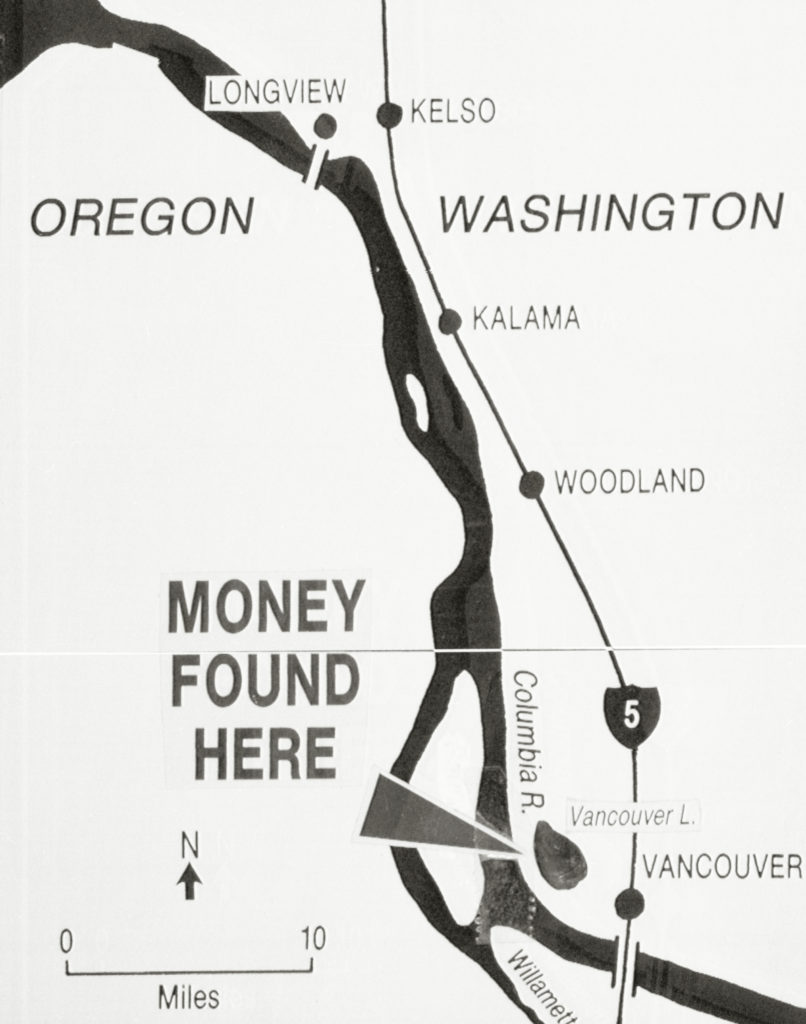
Speaking of the ‘70s — the score to the documentary series was terrific. It really added to the feel of the time.
We were really lucky to work with Blake Neely, the composer. He did “The Flight Attendant” last year, which is an amazing score, so that was one of our inspirations here. He just has this fantastic cinematic touch, adding the right notes of mischief to it.
And then E.J. Kang, who was our graphic designer, came up with those incredible titles and all the split screens and also the reenactment of the event. We wanted to tell that in a new way, because it’s always like, “Oh, let’s get 30 actors and hire a plane.” We wanted to do it in a different way that just feels of the time. She found this fantastic look and feel that we felt worked really well.
In episode one, author Geoffrey Gray describes the hunt for D.B. Cooper as akin to gold fever — that belief takes over logic and that the case no longer becomes about Cooper, but about those investigating. How did this documentary avoid this gold fever?”
I’ll have to ask you! We tried to be somewhere in the middle, where we embrace the obsessiveness of it and treat it with respect, but also try and keep a bit of distance from it, stay outside that world. I think looking back on it, D.B. Cooper and the community around him is the forerunner of conspiracy theories that now swirls around everywhere. Now, with the internet, you’ve got thousands of people trying to reinvestigate this case with a very small number of clues.
Like you’ve said, Cooper has evolved into this mythological character of sorts, but, after 50-plus years of investigating, is there anything really new to discover? Do you think that it can be solved, or is it that kind of spinning wheel of joy and excitement that comes with being wrapped up in the Cooper world?
I think there’s two parts to that. I think there are some people who are making genuinely new discoveries using science to really work with the evidence that’s out there. It’s great that people are using 21st- century techniques to try and look at clues in a new way. So that’s one side that I think is really great.
The other side is people just spinning up bigger theories and connections. That is not fruitful, but I do really appreciate and respect the work that people have done with the hard evidence. That’s the really interesting bit.
Larry Carr was the last FBI agent assigned to the case, in March 2009. Agent Carr concluded that the mystery man known as D.B. Cooper was killed in his jump and that his body rotted away, either on land or underwater. How does your documentary take a look at this angle?
Well, it’s a better story to believe, isn’t it? That he survived? The other version is literally a dead end, isn’t it?
All the speculation, all the excited talk goes into that gray zone, because no one really knows. Everyone who thinks he survived is engaged in an exercise of hope and optimism that this thing can be solved.
One of the people we interviewed, Darren Schieffer, who does this great podcast, “Cooper Vortex,” told us, “I’ve been working on it. I’ve done all these podcasts. And I know less now than I did at the beginning about who he is.” I feel that as well. You get to the point where you don’t really know up from down. I think it really became a study of human obsession.
Do you consider D.B. Cooper a dashing and brilliant hero or, as one author put it, a desperate loner “stumbling toward suicide?”
I would say I think the reality is that he was more prosaic than people think. So many layers and ideals have been projected onto this one man, and I think the reality is probably a bit more mundane. With time, he has become this mythical figure. I understand the Robin Hood analogy, because no one was hurt, it was a victimless crime. This isn’t Ted Bundy, or some other ghastly serial killer.
That was one reason we liked it, as well. It’s true crime, but there isn’t any blood in there. I’m just fascinated where the space between the reality and the myth lives. And the reality when you get back to it could have been quite mundane and straightforward. But everyone’s brought their fantasies and obsessions and yearnings to the story, and it has become something much bigger. As someone who’s not from here, I find it fascinating because it’s really kind of a little look at America.
GET HISTORY’S GREATEST TALES—RIGHT IN YOUR INBOX
Subscribe to our Historynet Now! newsletter for the best of the past, delivered every Wednesday.
Finally, I often cover macabre subjects, so I always like to end on a lighter note — out of everyone the documentary looks at, who’s your favorite suspect?
Oh, my goodness. I have to pass on that one, because I think it changes on depending on the day. I mean, there are several really compelling ones, but I don’t have one who I think it is for sure. Secondly, I don’t want to say publicly one person and then the Cooperites come after me!
Watch the official trailer below.
historynet magazines
Our 9 best-selling history titles feature in-depth storytelling and iconic imagery to engage and inform on the people, the wars, and the events that shaped America and the world.
